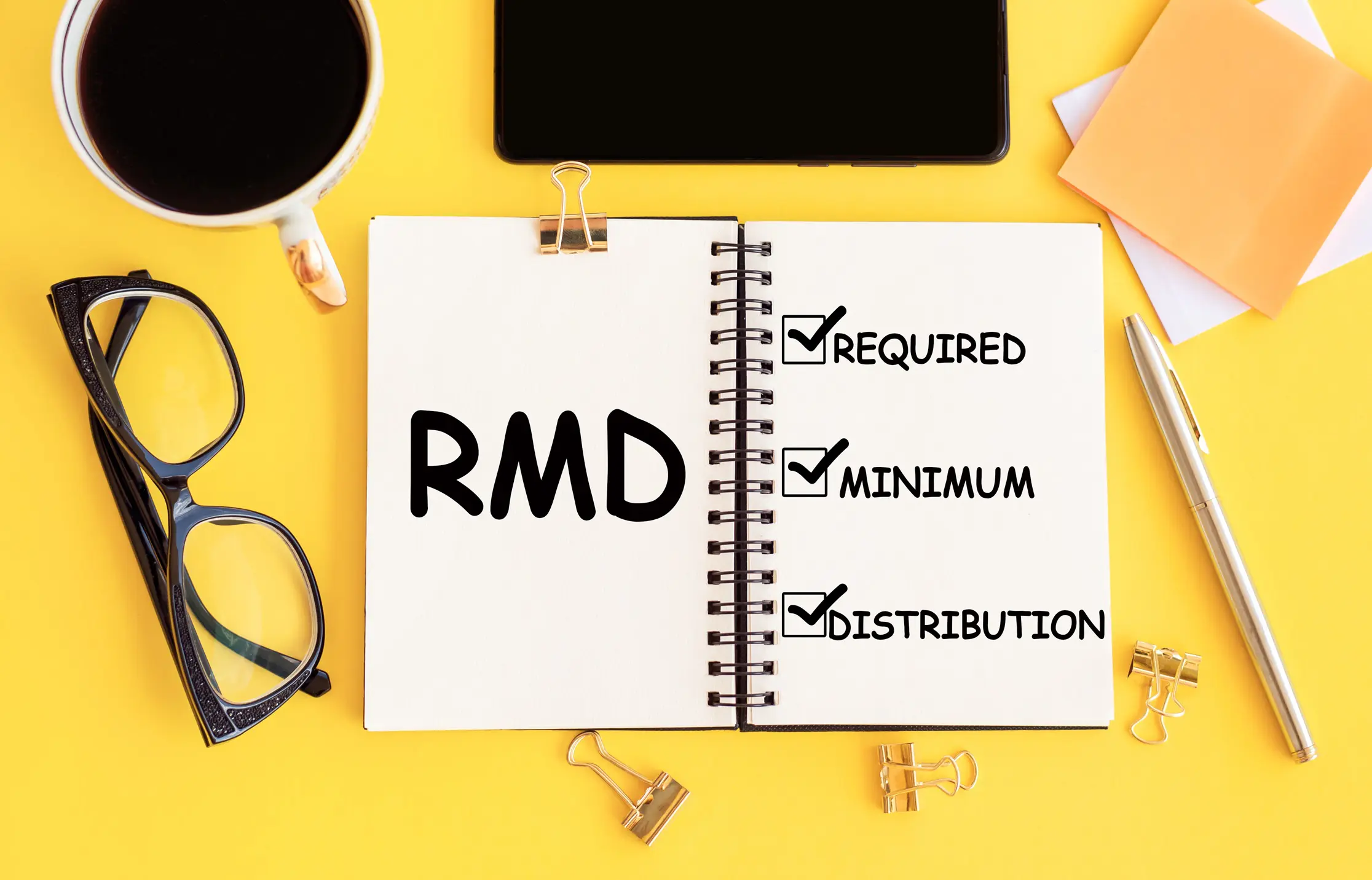Keep More of Your Retirement Savings
Required Minimum Distributions (RMDs) can create a significant tax burden if you have large balances in traditional IRAs or workplace retirement accounts. Starting at age 73 (as of 2024), the IRS mandates RMDs, which could push you into a higher tax bracket. The good news is that with strategic planning, you can reduce or even avoid RMD taxes altogether.
Here are six effective strategies to minimize RMDs and protect your retirement wealth:
-
Draw Down Your Account Early
Once you turn 59 ½, you can withdraw funds from retirement accounts without incurring a penalty. Taking early distributions, especially if you’re in a lower tax bracket during the early years of retirement, can lower your account balance and subsequently reduce future RMDs.
Additional Benefits:
- Social Security Delays: Drawing from retirement accounts early may allow you to delay Social Security benefits, which grow by 8% annually beyond your full retirement age until age 70.
- Tax Planning: Spreading withdrawals over several years can help avoid large tax spikes later when RMDs kick in.
Tip: Work with a tax advisor to structure withdrawals to minimize taxes while meeting your retirement income needs.
-
Convert to a Roth IRA
Roth IRAs are not subject to RMDs, and withdrawals are tax-free for qualified distributions. Converting traditional IRA or 401(k) funds to a Roth IRA can reduce the balance subject to RMDs.
Key Considerations:
- Taxes on Conversion: You’ll pay taxes on the converted amount in the year of conversion, so timing is critical.
- Strategic Conversions: Consider converting funds in years when you’re in a lower tax bracket to minimize the tax hit.
Why It Works: Over time, the tax-free growth and lack of RMDs in a Roth IRA can make the initial tax cost of conversion worthwhile. Consult with a financial advisor to determine if this strategy fits your goals.
-
Work Longer
If you’re still employed and have a 401(k) with your current employer, you can defer RMDs for that account until you retire. This is known as the “still working exception,” and it only applies to your current employer’s plan.
Benefits of Working Longer:
- Reduced RMDs Later: Continuing to work allows you to delay distributions and potentially reduce your taxable income.
- Delay Social Security: Working longer can allow you to postpone Social Security benefits, increasing your eventual payout.
Note: This strategy doesn’t apply to IRAs or retirement accounts from previous employers.
-
Donate to Charity with a Qualified Charitable Distribution (QCD)
If you don’t need all the income from your RMDs, consider using a Qualified Charitable Distribution (QCD) to donate up to $100,000 annually to a qualified charity directly from your IRA. This approach satisfies your RMD requirement and reduces your taxable income.
Normally, distributions from a traditional IRA are taxable when received. With a QCD, however, these distributions become tax-free as long as they’re paid directly from the IRA to an eligible charitable organization. QCDs must be made directly by the trustee of the IRA to the charity.
Rules to Follow:
- Direct Transfer: The funds must go directly from your IRA to the charity.
- Eligibility: You must be at least 70½ years old to make a QCD.
Why It’s Effective: By avoiding taxes on the distribution and supporting a cause you care about, you achieve a win-win outcome.
-
Invest in a Qualified Longevity Annuity Contract (QLAC)
A QLAC allows you to use retirement funds to purchase a deferred annuity, postponing distributions until as late as age 85. The funds used to purchase the QLAC are excluded from RMD calculations.
Key Features:
- Contribution Limit: You can invest up to $200,000 in a QLAC.
- Deferred Payments: Payments begin at a later age, reducing RMD obligations in the interim.
Why It’s Useful: A QLAC can be a powerful tool for reducing taxable income during your early retirement years while securing a guaranteed income later in life. Discuss this strategy with your competent financial advisor.
-
Optimize Your Beneficiary Designation
If your spouse is more than 10 years younger than you and is the sole beneficiary of your retirement account, you can use the IRS Joint Life and Last Survivor Expectancy Table to calculate RMDs. This typically results in smaller RMDs because the calculation assumes a longer distribution period.
Considerations:
- Spouse’s Age Difference: This strategy only applies if your spouse is significantly younger.
- Multiple Beneficiaries: If you name multiple beneficiaries, this method won’t apply.
Why It Works: Lower RMDs mean less taxable income and more flexibility in managing retirement funds.
Conclusion: Plan Ahead to Reduce RMD Taxes
RMDs don’t have to derail your financial plan. With proactive strategies like early withdrawals, Roth IRA conversions, and charitable giving, you can minimize the tax impact and keep more of your retirement savings working for you.
Start by assessing your retirement accounts and consulting with a financial advisor or tax professional to create a plan tailored to your needs. Small adjustments today can lead to significant tax savings tomorrow.
uDirect IRA Services, LLC is here to help you~! We are not a fiduciary and we do not offer tax or legal advice. We do not recommend specific investments, rather we guide you through the process to self-direct your retirement savings into assets you choose. To get started, we offer a free consultation. Schedule yours HERE – To open an account, click HERE.

